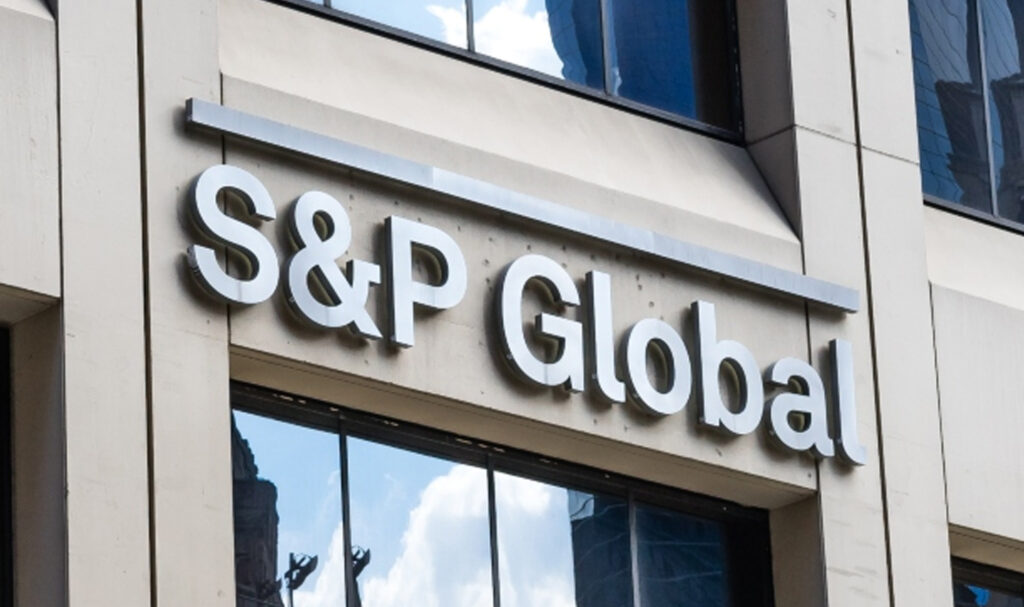External environment has soured for Asia-Pacific economies while China’s outlook is subdued and growth prospects have worsened in the U.S. and Europe, pointing to weaker export demand, credit watchdog Standard and Poor’s Global Ratings said.
While global energy and commodity prices have eased, US core inflation remains high. Thus, the US Federal Reserve is likely to keep raising its policy rate, S&P said.
It also expressed belief that higher global interest rates and the associated capital flow strains, together with varying degrees of domestic inflation, will pressure Asia-Pacific central banks to lift rates even as economies slow.
A report published by S&P Global Ratings titled “Economic Outlook Asia -Pacific Q4 2022: Dealing With Higher Rates” described the implications of the central bank actions.
Pandemic impact abates
“We see constructive signs,” said S&P Global Ratings Asia-Pacific Chief Economist Louis Kuijs. “Recovering domestic demand will support economic expansion as the impact of Covid-19 and restrictions abates.”
“We generally expect significant overall growth in the second half of 2022 and a slowdown in 2023 due to weaker global demand and higher interest rates. Pressure to tighten monetary policy because of inflation is generally lower in this region than in the US. While the resulting policy divergence could potentially invite capital outflows and depreciation, it helps contain the hit that higher interest rates have on growth.”
The report said amid weak confidence and housing activity, S&P expects a shallow sequential recovery in China in the second half of 2022 and 2.7 percent GDP growth for 2022 as a whole, compared with its previous forecast of 3.3 percent.
“We project 4.7 percent GDP growth next year, from 5.2 percent earlier, even as we downgrade 2022 growth. We have also nudged down our forecast for growth in 2024, to 4.8 percent,” S&P reported.
“We have trimmed our GDP growth forecast for Asia-Pacific ex-China in 2022 by 0.1 percentage point compared with our June outlook, to 4.8 percent, and expect growth in this region to slow to 4.3 percent in 2023, compared with 4.6 percent in June. The slowdown notwithstanding, Asia-Pacific is set to remain the world’s fastest-growing major region,” according to the report.
